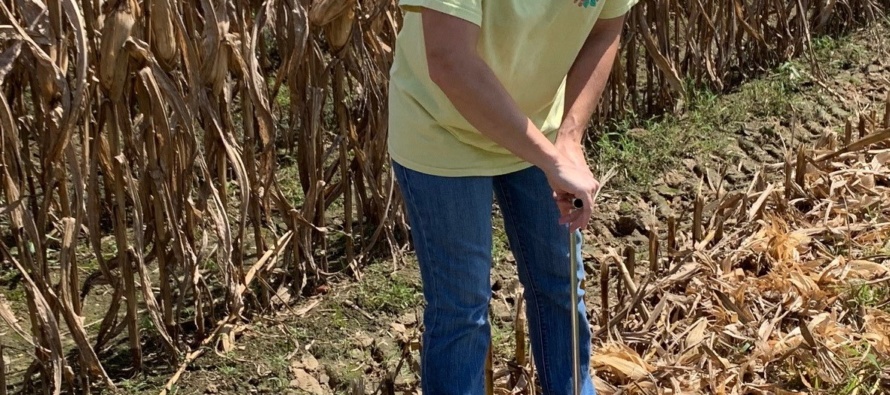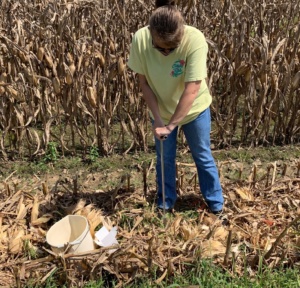Fall is For Soil Carbon Market Preparations

Related Articles
- Fertilizing Cotton with Poultry Litter 5
- Spring Nitrogen Fertility Suggestions for Wheat 0
- Micronutrients for Mississippi Crop Production 4
Latest Tweets
Participating in the soil carbon (C) market requires baseline information about the producer’s inventory to offer potential buyers. This fall is the time for the soil carbon-curious growers to begin establishing their benchmarks. Surveys show the number of farmers participating in soil C markets has tripled over the past six months – it has gone from one percent to over three percent! Over half of the producers survey anticipate offering their soil C within the next three years as things sort out in the marketplace. (Data from https://www.thedailyscoop.com/).
Before delving into the details of inventorying current soil C, we must acknowledge that many whole farm management level issues are still solidifying. Some questions were discussed here https://www.mississippi-crops.com/2021/06/26/soil-carbon-market-questions/ a few weeks ago. These issues include:
- Assignment of credits to landlords or lessees, including any future changes in relationship.
- Data ownership.
- “Additionality” or the adoption of new conservation practices versus legacy conservation-based management.
- The ongoing role of USDA programs: ongoing or new implementation, role of incentive programs.
- Verification of carbon presence in the soil: who does it, when, and how.
- Consistency and certification of soil laboratory procedures.
- Whether current market makers will be stable in the longer term.
These are beyond the purview of ground-level soil science practice. While the intellectual product is data ownership and use, the physical end-product is C at the field and farm levels. This C originated from anything formerly living, such as stalks, roots, or other organisms that has been transformed into soil organic matter (SOM) via biologically-mediated decomposition. Depending on the species, 20 to 70 percent of the C fixed by plants (removed from the atmosphere via photosynthesis) ends up in roots which are recycled in the soil.
You don’t know how far you have traveled if you don’t know the starting line. Fall soil sampling is common on many mid-south farms, and can provide a baseline assessment of the soil carbon inventory. The Mississippi State University Extension Soil Testing Laboratory offers routine soil nutrient and pH analysis for $8 per sample; carbon analysis is an additional $2 per sample. The cost for organic matter, nitrogen, and carbon testing is $4 per sample if routine analysis is not requested. These initial (pre-contract) C soil test results will establish the baseline that future verification data will be judged against. Contact the laboratory for more information about C testing services.
Remember that beyond this baseline C documentation, growers will need to track the ‘what and when’ of conservation practice implementation and tillage operations. Specific information about other farm management operations that C brokers request from the growers vary by company, and need to be specified in any contract.
Photos: Larry Oldham, MSU Extension





Let me tell You a sad story ! There are no comments yet, but You can be first one to comment this article.
Write a comment